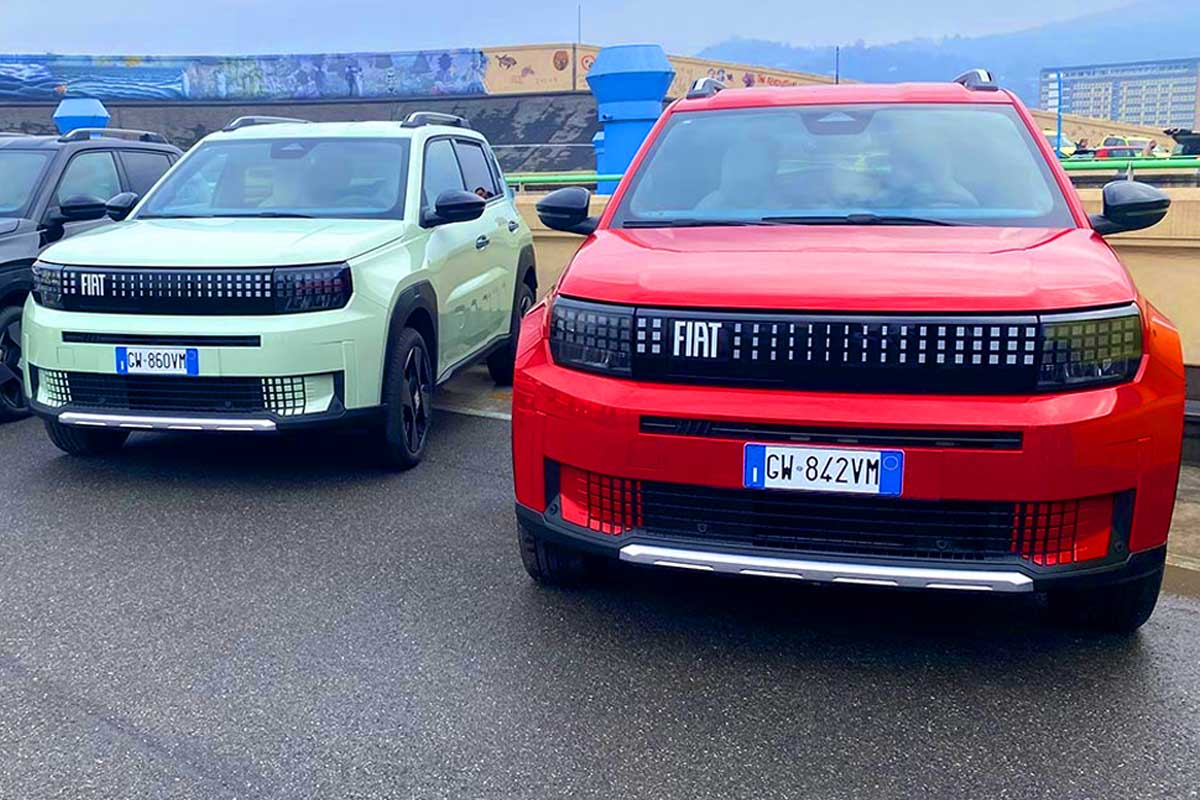
The Fiat Grande Panda continues to dominate the media spotlight. While Stellantis is stepping up production adjustments at its European plants, the Serbian plant in Kragujevac is turning faster and faster. The stated aim is to reach a production rate of 500 vehicles per day. A symbolic figure that the group is still struggling to reach, despite an influx of manpower from... the four corners of the world.
Strong growth in production, but still incomplete
According to Milano Finanza, the Grande Panda has become one of Stellantis' strategic models for Europe. The automaker has announced an 11.5 % increase in European sales in September, largely driven by models using the Smart Car platform, of which the Fiat Grande Panda is one. Orders are soaring, but production is still struggling to keep pace.
In Kragujevac, Serbia, two shifts already produce around 400 cars a day. To break the symbolic 500-unit daily barrier, Stellantis has launched a third night shift, but this is not yet fully operational. To date, it will only be able to produce around forty additional vehicles.
Italian, Moroccan, Nepalese workers...
Faced with a shortage of local workers, and with salaries capping out at around 600 euros a month, Stellantis has implemented a global recruitment strategy.
First, Italian workers from the Pomigliano d'Arco, Melfi and Atessa plants were sent to reinforce the workforce. Around 200 transalpine employees agreed to leave temporarily for Serbia, preferring a full salary and expatriation bonus to short-time working in Italy.
Then 300 Moroccan workers were recruited to start the night shift, with a basic salary of around 300 euros, plus a travel allowance.
But this reinforcement is still not enough. Still according to Milano Finanza, to fill the gaps, Stellantis has embarked on a new phase of recruitment in Asia: a hundred Nepalese workers have already arrived, and others are coming from Bangladesh, India and even Bhutan. In front of the factory, the queues of new arrivals bear witness to an unprecedented phenomenon: production is now driven by a workforce from three continents.
An industrial emergency
This international mobilization reflects the urgency of the moment: the Fiat Grande Panda has become the hope of the future. Fiat's relaunch in Europe. Antonio Filosa, the new boss of Stellantis Europe, is counting on this model to turn the brand around and demonstrate the effectiveness of the low-cost production strategy inherited from Carlos Tavares.
The Grande Panda ticks all the boxes: neo-retro design, hybrid and electric powertrains, and a competitive starting price. But without smooth production, commercial success is likely to be hampered. Stellantis is still aiming for full production by the end of the year, having already postponed this target several times.
Can't they do it in Poissy?
They exploit the misery of other countries 😡
"Bastard Tavares!"
Am I right? 😉
Not so long ago, PSA's "local" plant was producing 700 vh/day after 3 months from the start-up of the new 2008 I production line. And that's a far cry from the Italian factories, which were still churning out 2,500 Puntos a day!!! ¨ So the target of 500 still hasn't been reached after 1 year.... It's despairing to be so bad at industrial forecasting, especially when it's such a technically simple vehicle (it's not a Giulia!).
New cars, all brands, ...don't sell!
Surely the amount of money they're losing on travel allowance, relocation bonuses and delays, they could have just produced it in one of the Italian factories
Das hat für Stellantis steuerliche Gründe. Fiat wird da leider nicht gefragt.
Zahlt den Menschen 1000 lächerliche Euro... Und Sie werden sicher zufrieden sein
La gestión de Stellantis no puede ser más nefasta, en vez de preocuparse por la calidad y la eficiencia, se dedica a dar vueltas, buscando mano de obra esclavista, una versión mala de los chinos. El tiempo la pondrá en su sitio, para mí en la irrelevancia.
Ich hatte in nächster Zeit den Panda e als Zweitwagen eingeplant. Aber wenn der niedrige Preis nur durch Ausbeutung der Belegschaft möglich wird, dann auf keinen Fall.
Alfasud syndrome?
Estão a produzir o carro com um defeito de fabrico. Adquiri um Fiat Grande Panda em julho deste ano e a climatização para o pára brisas lado condutor não funciona, ou seja das aberturas desse lado não sai ar e não é só a minha unidade pois o concessionário mostrou uma outra e tem o mesmo problema. Reclamei na Fiat ... Dizem que é uma característica do produto. Para mim é defeito de fabrico. Como é possivel? Será que é só as unidades vendidas em Portugal? Enfim uma vergonha.